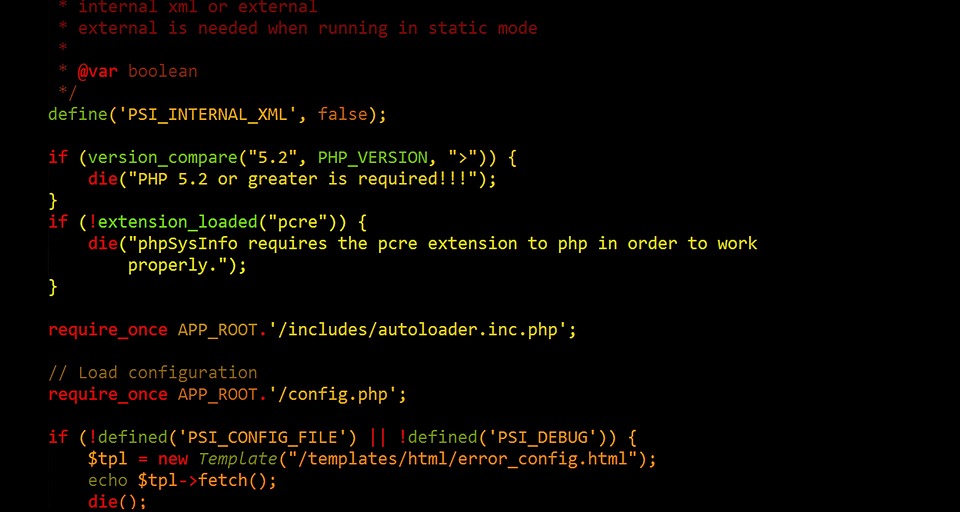Greetings, dear reader! As a seasoned software development expert with a passion for no-code and low-code platforms, I’m thrilled to take you on an exploration through the user-friendly world of modern software creation. Whether you’re looking to fast-track your business’s digital transformation or simply curious about the latest tech, you’re in the right place. So, let’s dive into the riveting story of no-code vs. low-code! 😄
Understanding the Fundamentals: No-Code vs. Low-Code 🛠️
No-code and low-code platforms are the darlings of contemporary software development. Empowering non-developers and professional developers alike, these platforms have introduced a paradigm shift in how we create digital solutions. But what’s the difference between the two?
No-code platforms are designed with the idea that anyone, regardless of coding expertise, can build applications using visual interfaces with drag-and-drop features. They are incredibly user-friendly, quite often resembling a puzzle that simply requires fitting the right pieces together to bring an app to life. Forbes explains how no-code is democratizing software development.
On the other hand, low-code platforms offer a more nuanced approach. They require some knowledge of coding, allowing for more complex and customized applications. While they also utilize visual development environments, they provide the capability to add code snippets for personalized functionality. Check out this article from TechRepublic discussing why companies opt for low-code solutions.
Decoding the Benefits: No-Code vs. Low-Code Advantages 🚀
The allure of no-code and low-code platforms lies in their myriad benefits, addressing common pain points in software development. They promote agility, reduce time-to-market, and cut down on development costs — music to the ears of businesses and IT leaders.
No-code platforms are especially beneficial for rapid prototyping and MVP (Minimum Viable Product) development. This approach allows businesses to test ideas quickly and iterate upon feedback. Low-code platforms, with their greater flexibility, excel in streamlining workflows and integrating with legacy systems. Their ability to adapt makes them a favorite for more complex enterprise projects. The folks at Gartner analyze the strategic planning for low-code adoption.
Moreover, both platforms facilitate collaboration among cross-functional teams, breaking down silos and fostering innovation. Whether you’re a market analyst, HR manager, or IT specialist, you can contribute directly to the app’s development. A prime example of this collaborative potential can be found in Salesforce’s platform, revolutionizing customer relationship management across various industries.
The Showdown: Choosing Between No-Code and Low-Code Platforms 💥
So, which platform should you choose? The answer is not a one-size-fits-all, but rather a decision based on your specific requirements and objectives. The goal isn’t to deem one superior to the other, but to identify the right tool for the job at hand.
If your needs revolve around creating apps without deep technical skills, no-code is your go-to. However, if you require more intricate systems with particular integrations and customizations, low-code might better serve your purposes. This Capgemini research elaborates on the benefits and scenarios for selecting low-code platforms.
Ultimately, both no-code and low-code platforms embody the future of software development, where efficiency, customization, and accessibility take center stage. Choosing the right platform allows you to harness the power of technology to turn ideas into reality faster than ever before.
Stay Updated with the Latest Trends – Subscribe to Our Newsletter on Gibni.com 📧
The realm of no-code and low-code is ever-evolving, and staying abreast of the latest trends is crucial for leveraging these platforms effectively. One of the best ways to keep yourself updated is by subscribing to newsletters that curate the freshest content for you.
I invite you to subscribe to our newsletter at Gibni.com. We’ll bring you the hottest news, insights, and tips straight to your inbox, ensuring you’re always ahead of the curve. Don’t miss out on the opportunity to transform the way you think about and engage in software development!
By joining our newsletter community, you’ll gain access to exclusive content crafted by experts in the field, just like yours truly. It’s more than just a newsletter; it’s a gateway to a world of innovation and forward-thinking practices. Subscribe now and be part of the journey toward the future of tech! 🚀
FAQs on No-Code vs. Low-Code: Battle of the User-friendly Software Development Platforms 💡
What is no-code development?
No-code development is a software development approach that enables non-technical individuals to create applications using a visual development environment without writing any code. This democratizes the ability to build apps and accelerates the design process.
What is low-code development?
Low-code development is a method that minimizes the amount of manual coding required, making it easier and faster for developers to create applications. Users typically need some coding knowledge but significantly less than what’s required for traditional software development.
Can no-code and low-code platforms integrate with other systems?
Absolutely! Many no-code and low-code platforms are designed to seamlessly integrate with various systems and APIs, allowing for extended functionality and compatibility with existing technology ecosystems.
Are no-code platforms secure?
Security in no-code platforms has evolved significantly, with providers now offering robust security features. However, like any platform, it’s important to conduct due diligence and apply best security practices.
How do no-code and low-code platforms impact the role of traditional developers?
While no-code and low-code platforms change the development landscape, they don’t replace traditional developers. Instead, they free developers from mundane tasks, allowing them to focus on more complex, high-value aspects of software development.
Keywords and related intents:
Keywords:
1. No-Code
2. Low-Code
3. Software Development
4. Platforms
5. Digital Transformation
6. Forbes
7. TechRepublic
8. Gartner
9. Capgemini
10. MVP (Minimum Viable Product)
11. Salesforce
12. Gibni.com
13. Newsletter
14. Integration
15. Security
16. Traditional Developers
17. Visual Development Environment
18. Drag-and-Drop
19. APIs
20. Paradigm Shift
Search Intents:
1. Difference between no-code and low-code platforms.
2. Advantages of using no-code platforms for businesses.
3. Use cases for low-code development platforms in enterprise projects.
4. How to choose between no-code and low-code tools.
5. Latest trends in no-code and low-code software development.
6. Recommendations for newsletters on no-code/low-code technologies.
7. Integration capabilities of no-code and low-code systems.
8. Security features of no-code development platforms.
9. Impact of no-code and low-code platforms on the role of traditional developers.
10. Examples of applications built with no-code and low-code platforms.
#no-code vs low-code
#NoCode #LowCode #Battle #Userfriendly #Software #Development #Platforms




